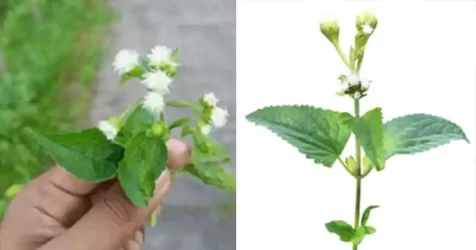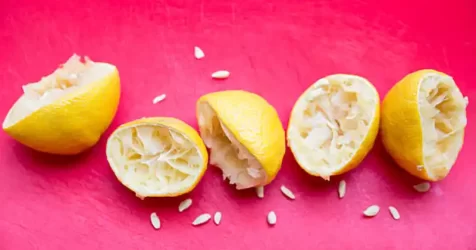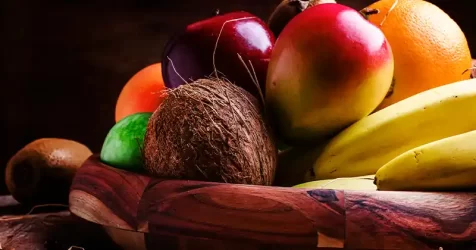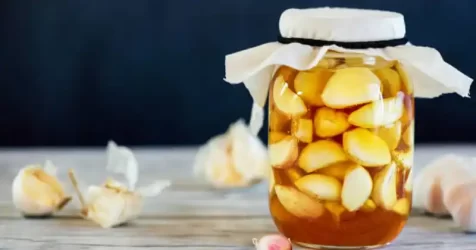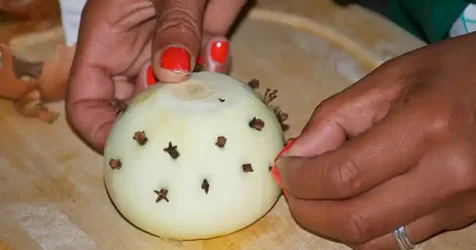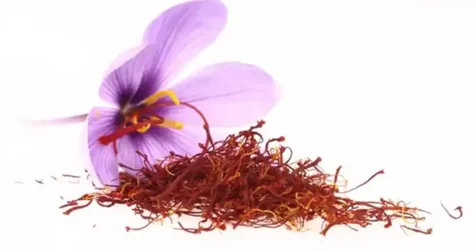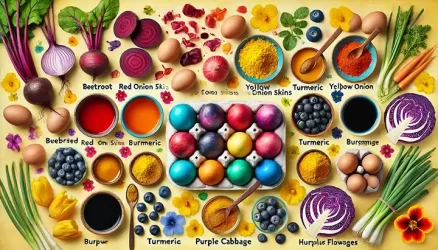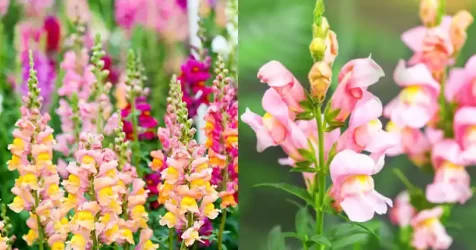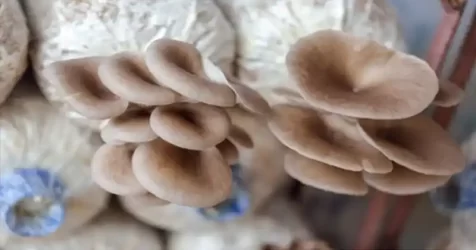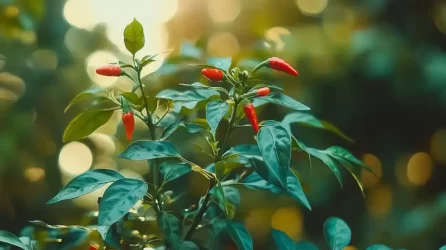How to Get, Prepare, and Store Mango Leaves for Maximum Health Benefits

Mango leaves are packed with numerous health benefits, making them a highly valuable addition to natural remedies. However, to truly unlock their potential, it’s essential to know how to properly obtain, prepare, and store them. Whether you’re using mango leaves for teas, infusions, or other home remedies, the following guide will help ensure that you get the best results from these powerful leaves.
Getting Mango Leaves: Fresh vs. Dried
When it comes to mango leaves, freshness matters. You can typically find fresh mango leaves if you live in tropical or subtropical regions, but if that’s not an option, dried leaves can also be used effectively.
- Fresh Mango Leaves:
- If you have access to a mango tree, pluck young, tender leaves as these are considered the most potent in terms of nutrients. Look for light green, soft leaves, which are easier to prepare and richer in beneficial compounds.
- When picking fresh leaves, make sure to gather them in the morning when their nutrients are at their peak.
- If buying fresh leaves, check local markets or online sources that specialize in natural or organic herbs.
- Dried Mango Leaves:
- If you can’t find fresh leaves, dried mango leaves are a good alternative. They can be purchased from specialty herb stores or online.
- When buying dried leaves, ensure that they are organic and free from chemicals or pesticides to get the maximum benefits.
Preparing Mango Leaves for Use
Proper preparation of mango leaves is key to accessing their full range of benefits. Here are detailed methods to prepare mango leaves for common uses:
- Mango Leaf Tea:
- Fresh Leaves: Rinse 4-5 fresh mango leaves under running water to remove any dirt. Boil them in 2-3 cups of water for about 10–15 minutes. Strain the liquid and allow it to cool slightly before drinking. Fresh leaves impart a milder taste and contain more volatile nutrients.
- Dried Leaves: If using dried leaves, crush them into smaller pieces. Use 1-2 teaspoons of the dried leaves and follow the same boiling method as with fresh leaves. Dried leaves tend to be more concentrated, so adjust the quantity according to taste.
- Optional: Add a slice of lemon or honey to the tea for additional flavor and benefits.
- Mango Leaf Powder:
- Drying: For long-term use, fresh mango leaves can be air-dried. Wash the leaves thoroughly, pat them dry with a cloth, and then spread them out on a clean surface in a well-ventilated area. Turn the leaves every day until they are completely dry and brittle.
- Grinding: Once dried, grind the leaves into a fine powder using a spice grinder. This powder can be stored and used in teas, smoothies, or as a supplement. Just a teaspoon of the powder mixed with water or added to food can provide a nutritional boost.
- Infusions for Skin or Hair:
- Mango leaves can also be used topically to treat skin conditions or strengthen hair. To prepare an infusion, boil a handful of fresh leaves in 1 liter of water for 15–20 minutes. Once cooled, strain the liquid and store it in a clean glass bottle. Use it as a rinse for your hair or as a gentle wash for the skin. The anti-inflammatory properties help reduce acne, irritation, or dandruff.
Storing Mango Leaves for Maximum Potency
Proper storage is crucial for maintaining the potency of mango leaves, whether fresh or dried. Here are the best practices for storing them:
- Storing Fresh Mango Leaves:
- Fresh mango leaves can be stored in the refrigerator for up to 3 days. Place them in a plastic bag with small air holes or wrap them in a damp cloth. Avoid sealing them in airtight containers as this can trap moisture and cause mold to grow.
- If you need to store fresh leaves for a longer period, consider freezing them. After washing and drying the leaves, store them in freezer bags. Frozen leaves can last for several months without losing too many of their beneficial properties.
- Storing Dried Mango Leaves:
- Dried mango leaves should be stored in an airtight glass jar or container, away from direct sunlight and moisture. This helps preserve their nutrients for up to a year. Label the jar with the date to keep track of its freshness.
- If you’ve made mango leaf powder, store it in an airtight jar in a cool, dark place, such as a pantry. This helps maintain its potency for up to 6 months. Always check for any signs of moisture or clumping, which could indicate spoilage.
Best Practices for Ensuring Maximum Benefits
To get the most out of mango leaves, it’s important to follow these best practices:
- Use Moderation: Mango leaves, like any herbal remedy, should be used in moderation. Excessive consumption can lead to digestive issues or even allergic reactions in some individuals. Always start with small amounts and observe how your body responds.
- Combine with Other Herbs: For added benefits, mango leaves can be combined with other herbs like mint, ginger, or turmeric. This enhances the overall health-boosting properties of the infusion or tea.
- Regular Use: To experience long-term benefits, it’s best to consume mango leaf tea or powder regularly, but always in appropriate quantities. Consistency is key to unlocking their full potential.
By knowing how to properly get, prepare, and store mango leaves, you can ensure that you’re making the most of their health-boosting properties. Whether using fresh or dried leaves, the benefits of incorporating mango leaves into your routine are undeniable. From tea to topical infusions, the versatility of mango leaves makes them an essential natural remedy to keep in your home.
Disclaimer
While mango leaves offer a wide range of health benefits, they should be used cautiously. Overconsumption may lead to digestive discomfort, and some individuals may be allergic. Always consult with a healthcare professional before using mango leaves, especially if you are pregnant, nursing, or have existing medical conditions.

